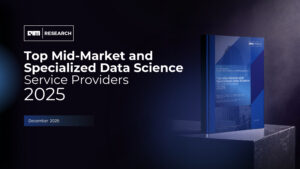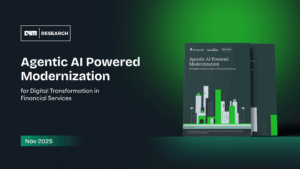

Explore the extensive landscape of the data analytics workforce, uncovering trends in employment, sectoral distribution, and professional dynamics across major U.S. cities and globally.
This comprehensive report, titled “Data Analytics Workforce Landscape – December 2023,” presents an in-depth analysis of the current state and dynamics of the data analytics workforce globally, with a particular focus on the United States. The report begins with an overview of the global landscape of data analytics, highlighting the United States’ dominance with approximately 4 million professionals, indicative of its leadership role in the tech and analytics industry. This significant number underscores the U.S.’s pivotal role in driving innovation and setting standards in data analytics practices, bolstered by a robust higher education system and the concentration of major tech companies.
The report also sheds light on India’s emerging analytics market, noting its rapid growth in the IT and data services sector. With 1 million data analytics professionals, India reflects its focus on STEM education and its position as a preferred outsourcing destination for data analytics services. The analysis extends to other key players on the global stage, including Canada, the UK, and countries in Europe, Asia Pacific, and South America, each contributing uniquely to the global analytics workforce.
A detailed city and sectoral analysis within the U.S. reveals the distribution and expertise of data analytics professionals across major cities. This segment provides insights into how the concentration and experience levels of these professionals align with regional economic and technological landscapes, highlighting the roles of major economic and technological hubs like New York, San Francisco, and Seattle.

The report also explores the professional experience and company size distribution, examining the varied experience levels of analytics professionals and their distribution across different company sizes, from startups to large multinational corporations. This analysis reveals the diverse employment landscape in analytics, showing the strategic importance of data analytics in large organizations and the growing penetration of analytics across all business sizes.
Key trends in analytics employment are thoroughly examined, including the distribution of open job types, educational requirements, and essential skills. This section highlights the current employment trends and market demands in the analytics sector, noting a dominant preference for full-time roles and a significant emphasis on advanced degrees.
Lastly, the report delves into tenure and attrition insights, providing an overview of job tenure and attrition rates among analytics professionals. This reveals career stability and mobility trends in the field, indicating dynamic job market conditions. Overall, the report offers a comprehensive view of the data analytics workforce, highlighting the sector’s importance and its evolving nature in today’s data-driven economy.
$899.00





